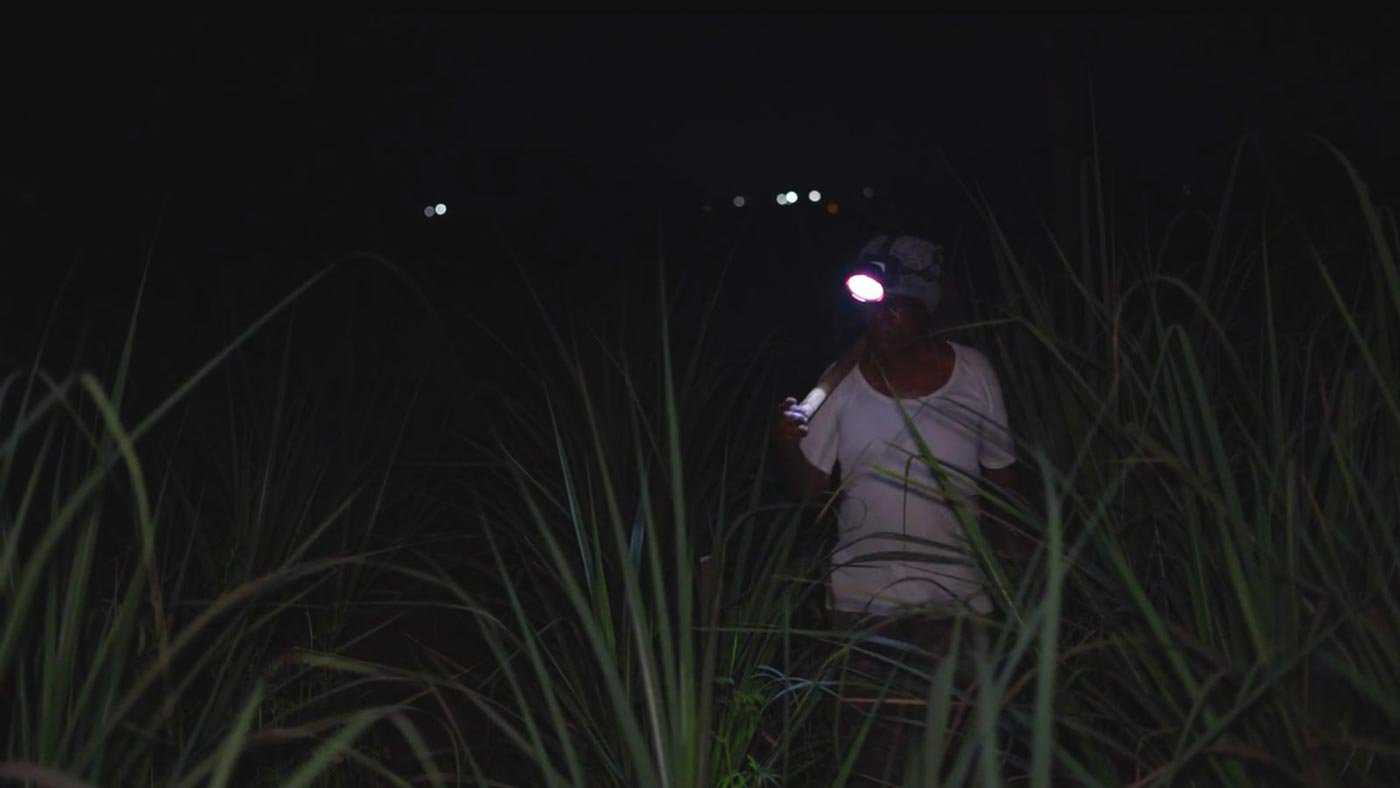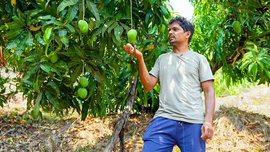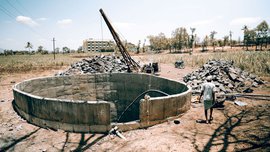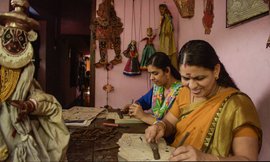“Just a few days ago, a Rusell Viper was near my foot, ready to attack. I saw it just in time,” says Dattatray Kasote, a farmer in the Shendur village of Kolhapur district in Maharashtra. He was working on irrigating his farm at night when the feared reptile appeared.
For farmers like Kasote, running irrigation pumps at night has become a way of life in Karvir and Kagal talukas where electricity supply is intermittent, unpredictable and unreliable.
There is no schedule for the power supply: it could either come in the night or sometimes during the day for varying lengths of time and sometimes the mandated eight-hour supply is cut short and the shortfall is not made up later.
As a result, sugarcane crops, which need large amounts of water, do not get irrigated on time and are damaged. Farmers say they are helpless; they are dissuading their children from choosing farming as a livelihood. Young people are choosing to work at the nearby Maharashtra Industrial Development Corporation (MIDC) for a salary of Rs. 7,000-8,000 a month.
“In spite of putting in so much work and going through trouble, farming doesn’t give lucrative returns. It seems better to work in industries and get a good salary,” says Srikant Chavan, a young farmer from Karvir.
A short film on the effects of power shortage on farmers and their livelihood in Kolhapur.




